As one of the most populous countries in the world, India showcases a diverse blend of cultures and regional identities, which have been shaped throughout history. The best way to experience this while in India is through cuisine.
Due to religious influences, India actually has the highest rate of vegetarianism in the world. Throughout history, the Mongolians, Persians, Chinese, and European colonizers influenced the cuisine in India. Today, Indian cuisine is most notably known for being flavorful, due to its diverse use of spices.
Read on to find out about India’s cuisine and street food.
Background information of Indian cuisine
You may have noticed that most traditional Indian dishes are meatless, including Channa Masal, Saag Paneer, and Malai Kofta. This is because about a third of people in India are vegetarian, due to Hindu, Jain, or Buddhist faiths. When exploring India’s restaurant scene or street foods, you’ll see that dishes are labeled as “Non-Veg” because the default is vegetarian; “non-veg '' means it has meat!
Indian spices. Photo: Shachi Bakliwal
The Ayurvedic philosophy is quite prominent in Indian culture, which highlights the importance of balance between mind, body, and spirit. This directly influences the way people cook and enjoy food in India. You can see this incorporated into the cuisine, which varies greatly based on the region. The country's culinary essence does have certain threads that unite the variety of practices and techniques.
A key component that characterizes Indian cuisine is the heavy use of 7 fundamental spices, which include cumin, clove, coriander, cinnamon, turmeric, fenugreek, and cardamom. You’ll also find numerous other spices in Indian cuisine like chili pepper, ginger, garlic, turmeric, saffron, nutmeg, mustard seeds, and even mint.
For Westerners, the most familiar spice mix is called Garam Masala which simply means “hot spice mix.” This is used in the most common Indian dish, curry. Filled with spices, vegetables, and legumes, these gravy-like dishes are a staple to the Indian diet, usually enjoyed with iconic basmati rice or fluffy naan bread.
Indian Curries by Ashley Blake
India’s Regional Cuisine
Cooking styles and techniques vary in Northern, Western, Eastern, and Southern India. Below we’ll explore these regional varieties of Indian food.
Northern India
The most common style found outside of India is probably Northern Indian cuisine, with high use of dairy products like milk, yogurt, ghee (clarified butter), and paneer (a semi-soft, non-aged cheese with a mild flavor).
Northern snacks consist of samosas and pastries that are fried and filled with potatoes. Main dishes, commonly cooked in tandoors or clay ovens, are chicken stews, dal (lentils), paneer curries, or kormas are stews made with coconut milk or yogurt. You can immerse yourself in Indian cuisine in our small-group tour to Northern India.
Kabuli is a Northwest Rajasthan Classic. Similar to Biryani but with more elements, like fried onions, pakoras, and thick creamy tomato gravy. Photo: Shachi Bakliwal
Western Indian
This cuisine is influenced by geographical history in its three main regions. The first region is Goa, a major trade port and once a colony of Portugal. Goan cuisine includes more vinegar, pork, and beef, which directly correlates to the Portuguese way of cooking and eating.
The second one is Gujarat, a region known for being prominently vegetarian and with a strong Chinese influence. The climate of this region is drier, and vegetables are more scarce. This is why this region is known for chutneys and pickled vegetables for preservation. Lastly, Maharashtra is a region known for fish and seafood curries cooked in coconut milk.
Eastern India
Eastern Indian cuisine is known for its desserts, which are lightly sweetened and the perfect way to finish a meal. A very common dessert is called rasgulla, which is a sweet semolina and cheese ball boiled in light sugar syrup. There are also a number of popular deep-fried desserts from this region, such as Theukua and Pantua.
Southern India
Photo: Shachi Bakliwal
South Indian cuisine is very diverse, unique, and underrated on an international level. They are known for their poriyals, a drier version of a curry packed with vegetables and enjoyed with a side of rice. Samabars and rasams are stews or soups, cooked with peas and tamarind, making sweet and tangy sauces. Apart from curries, this region of India has its own version of savory crepes called dosas made from rice flour and filled with vegetables and chutneys.
Fried street snacks. Photo by Ashley Blake.
India Street Food: Dos and Don’ts
Street food in India has a culture of its own; however before you dig into it while traveling there, there are some do’s and don’ts to follow to avoid any angry tummies.
Do not fear any fried or roasted snacks. Fried or roasted goodies have been cooked in very hot temperatures, meaning all or most bacteria are completely removed. Some examples are samosas, aloo tikkis, dosas, jalebis (similar to funnel cakes), and even roasted nuts. Look for snacks that come straight out of the hot oil; avoid those that have been sitting or are cooled.
2. Use caution with foods that include dairy. Though Indians, by and large, do not eat beef, as cows are holy, you will find an abundance of dairy. Unpasteurized and fresh dairy spoils faster and more easily in heat, including things like dahi puri or yogurt-based sauces. When consuming dairy, look for hot sources (such as paneer in your hot curry) or a piping hot chai masala. For yogurt-based dishes such as the popular lassi be sure to choose a trusted and clean vendor. As your local guide for suggestions.
3. Check water sources. Look for vendors that use packaged water for cleaning of the food. And on that note, avoid fresh, raw greens but rather opt for those that are cooked and served hot.
4. Do not buy pre-sliced fruit. Even though fruits like watermelon or cantaloupe look vibrant, delicious, and refreshing when cut on the street, they are susceptible to bacteria when laying under the sun or in hot weather for too long.
5. Always have your own reusable water bottle and filter. While wandering the streets of India, always have your own reusable water bottle and water filters to prevent dehydration. Also, seek water from the most reliable sources.
Must-Try Street Foods While in India
A country as diverse as mentioned above, India is a foodie’s paradise, filled with opportunities to taste local delicacies that are unlike anything you have tried before. Here are some of our favorites:
Masala Chai is an Indian beverage made from brewed black tea with a mixture of aromatic spices, such as green cardamom seeds, cinnamon, cloves, and black pepper. It is traditionally served in clay cups and enjoyed hot.
Paan is not a food per-say, it is a chewing experience that has been practiced for more than 2,500 years. This after-dinner treat consists of betel leaf and is enjoyed with a variety of flavors and textures put on top. This traditional Southeast Indian treat is meant to give freshness, aid with digestion, and leave a sweet note after a savory meal. It is also meant to symbolize royalty.
Serving up masala chai in Jaipur. Photo by Ashley Blake.
Kachori is a unique and satiating snack similar to empanadas. They can be found in Delhi and Jaipuri, and consists of a spicy deep-fried patty made of flour and filling made of lentils, beans, and many spices.
North Western Breakfast: Kachori (left) with deep-fried Jalebi (bottom) and Dhokla (right), a gram flour steamed cake.
Photo: Shachi Bakliwal
Aloo Chaat is another common snack found all over the streets of India. It is made of potatoes, sweet and sour tamarind chutneys, coriander leaves, and ground spices, and garnished with crunchy sev made from chickpea flour. In Hindi, Aloo means potatoes and chaat stands for “a mix of sweet, sour, and hot flavors;” hence the name of this delicious street food treat.
Samosas are a popular appetizer or snack, quite similar to the previously mentioned kachoris, but with a triangular shape, and are fried or baked. They are usually stuffed with ground potatoes, onions, and peas, and are enjoyed with a side of mint or tomato chutney.
Lassi is a creamy and tangy yogurt-based drink, that originated in the region of Punjab, and has become quite a popular beverage around the country, and the world too. The yogurt blend is flavored with Indian spices, such as roasted cumin, but the sweet version is blended with sugar and fruits.
Pani Puri is hollow deep-fried semolina or wheat balls traditionally served with potatoes, chickpeas, and a spicy tamarind sauce, that are used as filling once cracking the fried ball’s top. They are enjoyed on the streets throughout the whole nation but are known to originate from up north in the state of Bihar.
Pani Puri with spiced mashed potatoes and spicy mango sauce. Photo: Shachi Bakliwal
Want to discover a taste of India with us?
Check out our small group Welcome to India tour!
It comes as no surprise that India is an attractive destination for curious travelers due to its food culture and history. It is one of the most exciting, exotic, and culturally different places in the world for the eager foodie.
Disclaimer: This article may contain affiliate links for products that we love that are made by brands that we trust. By purchasing from those links on our site, we can earn a commission - which is at no extra cost to you and helps our site running with free information like this. Win-win! Thank you for supporting our small business and sustainable tourism!






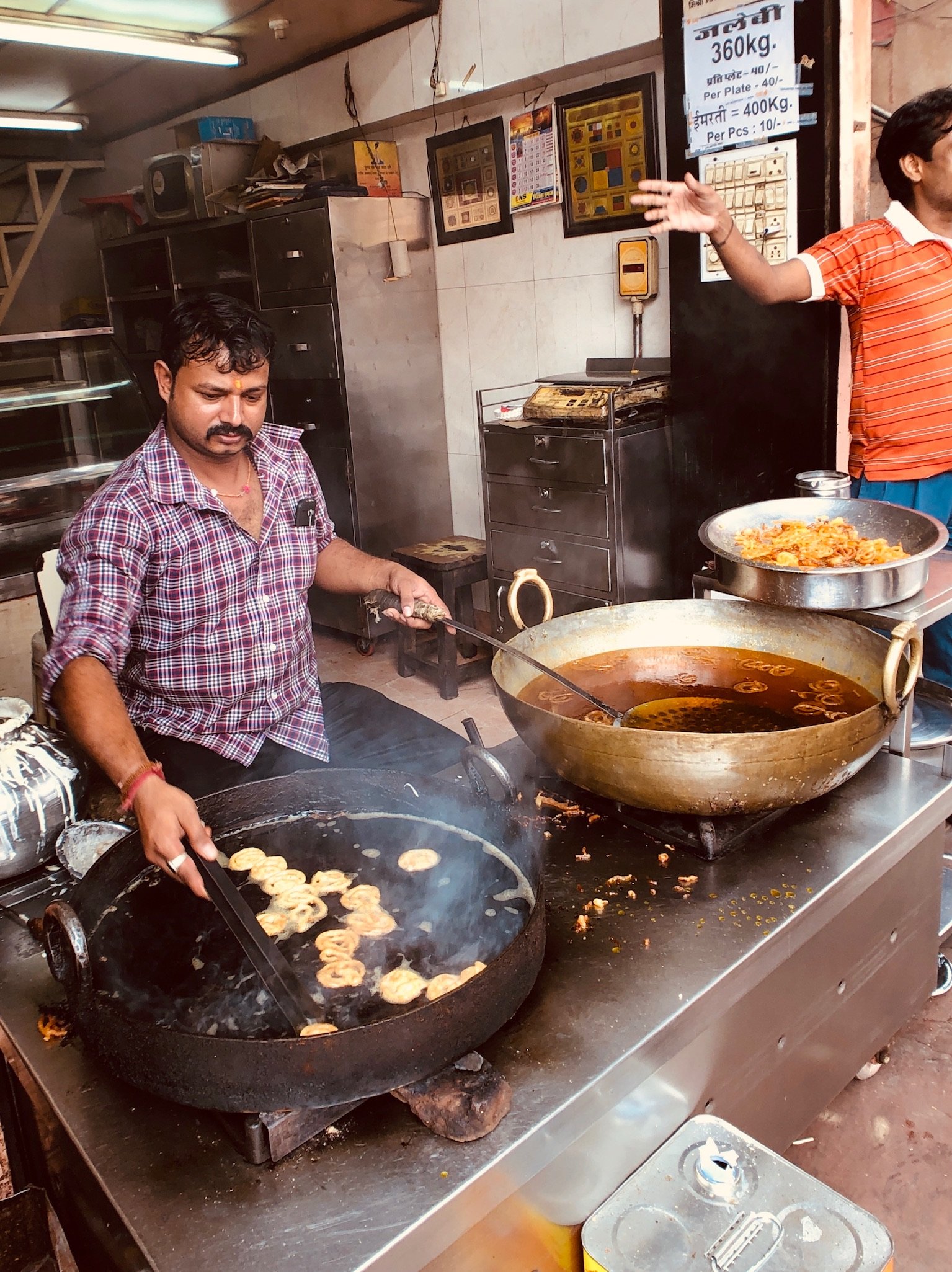

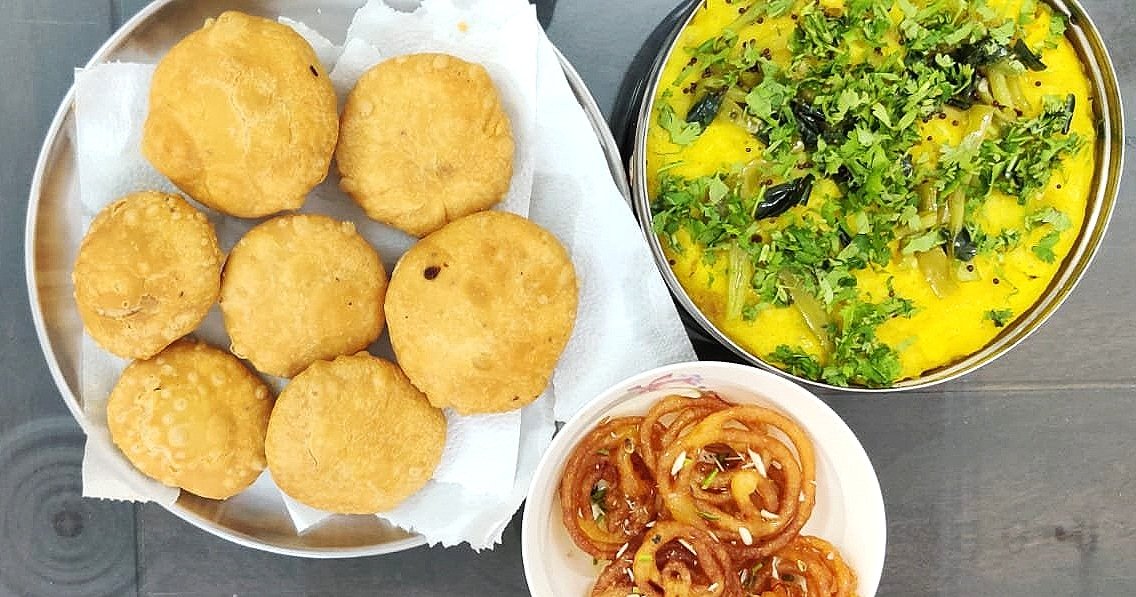



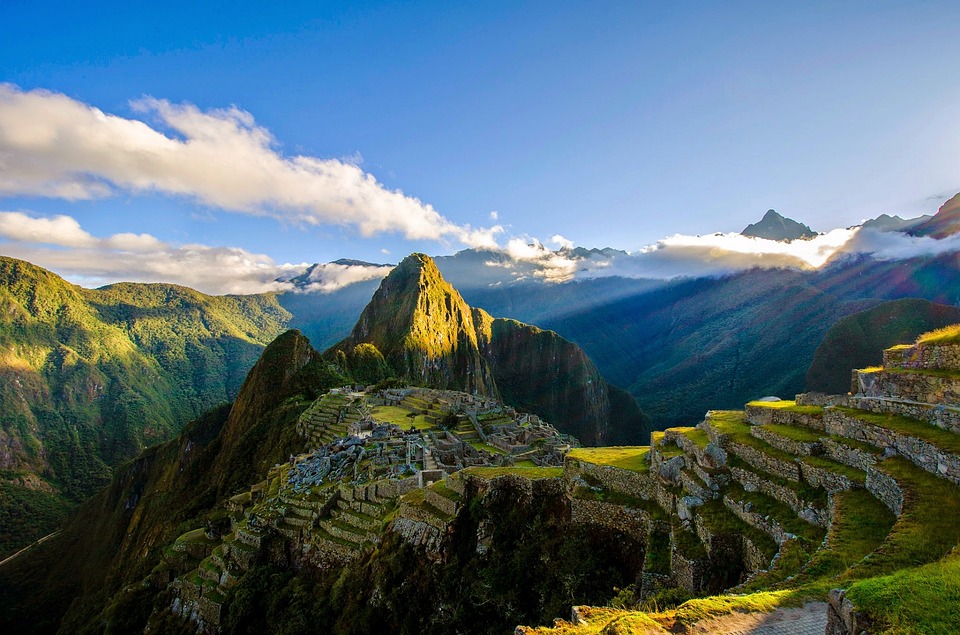






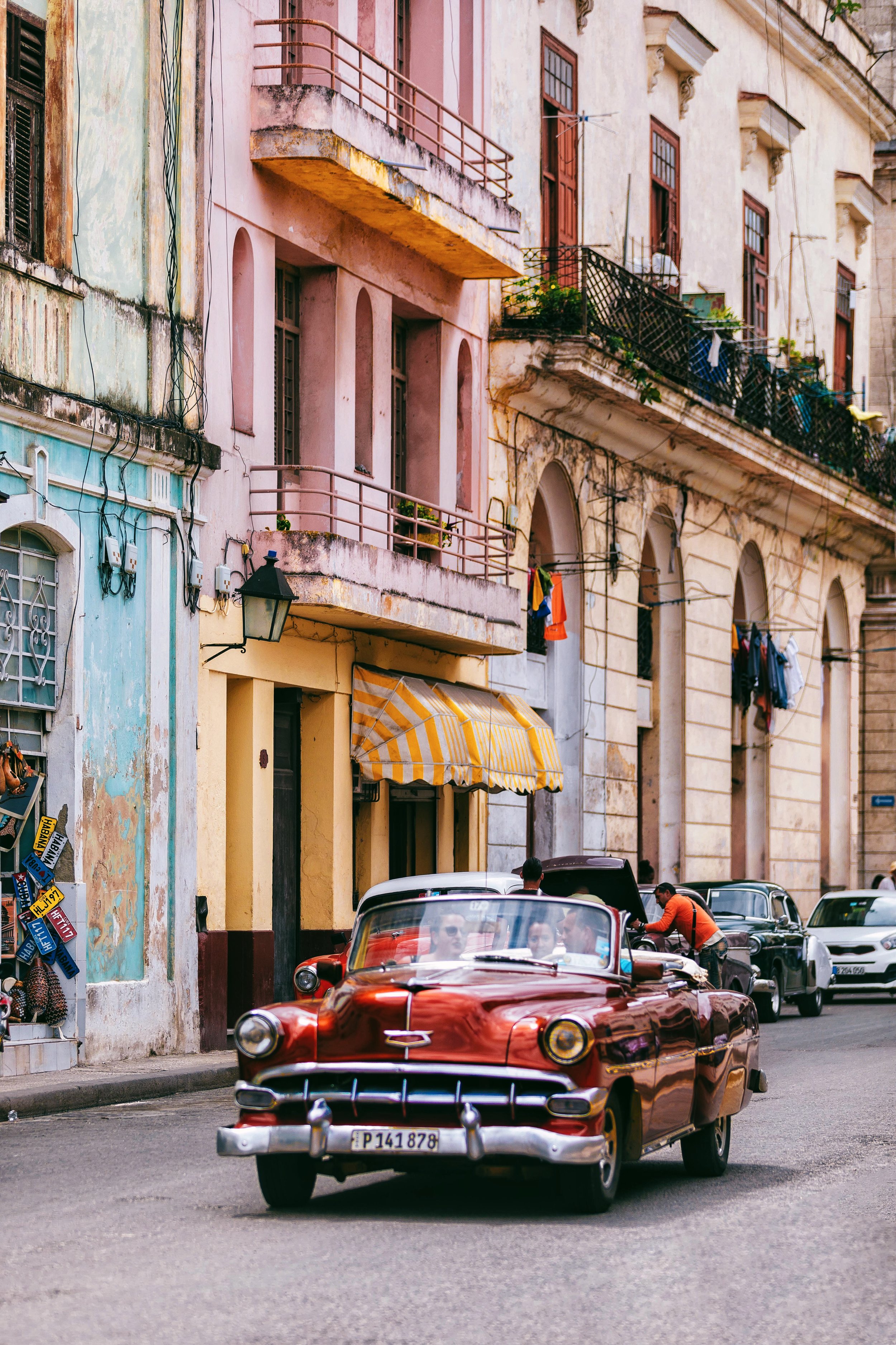
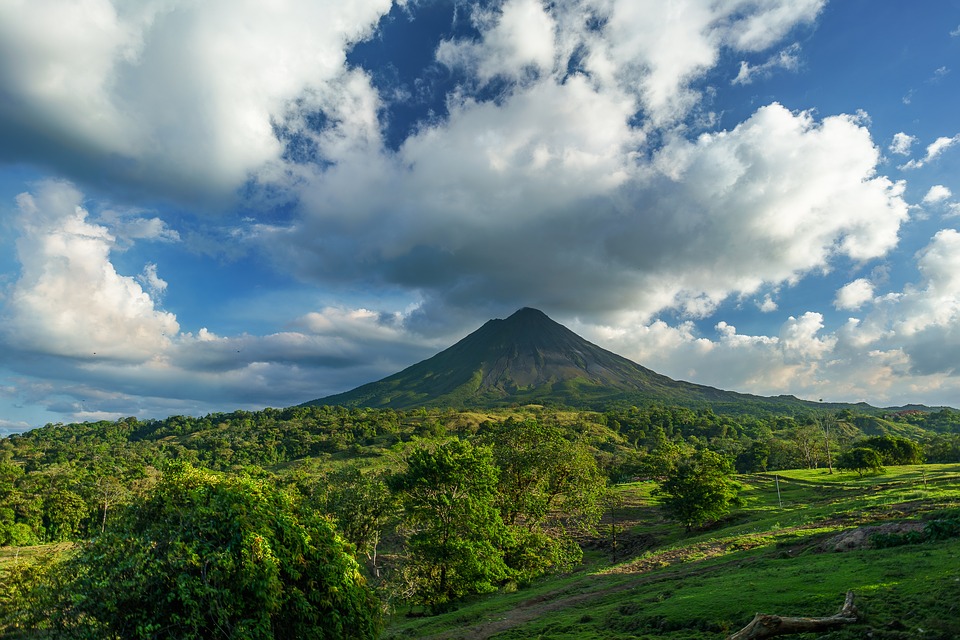












The diverse landscape of Costa Rica is a direct reflection of the local cuisine. Its vibrant fusion of flavors draws influences from indigenous traditions, Spanish colonial heritage, and Afro-Caribbean culture. From hearty rice and beans to delicate seafood dishes, the culinary landscape of Costa Rica offers a delightful journey for food enthusiasts.